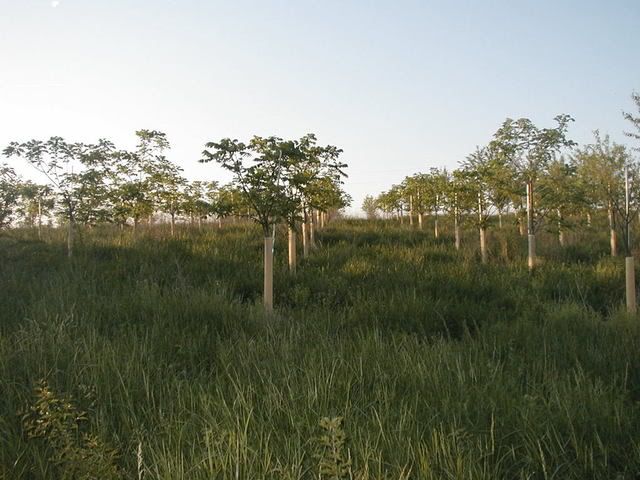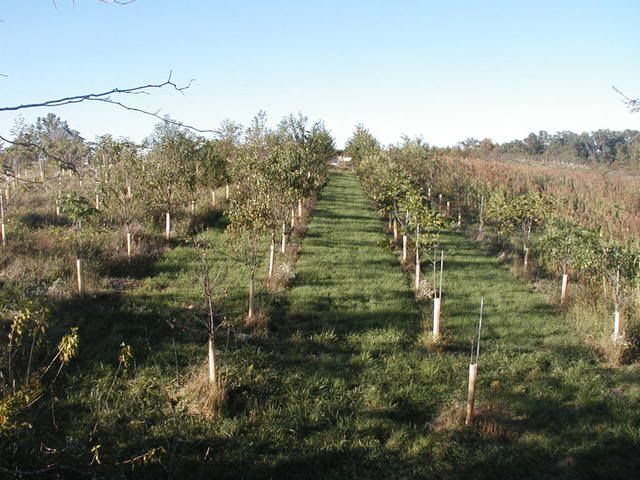Field Service
New Member
I’d like to plant some food and cover between many rows of trees. My first choice would be red cedars around the first few outside rows. Then a few rows of switch and finally some soys. I’m concerned with the amount of shade. (I’m out of real tillable acres until a dozer can be arranged for some junk timber.)
Another item of concern is the black walnut. I have planted white pine in the general area of mature walnut in the past and they did not survive past 3 years. (I think they kind of poison the ground for some plant types.)
What do you think will tolerate the filtered light and walnut? Maybe peas?
This is what I'm dealing with... The spacing is 20'x20' if that helps.
Spring foliage

Mid Oct foliage

Another item of concern is the black walnut. I have planted white pine in the general area of mature walnut in the past and they did not survive past 3 years. (I think they kind of poison the ground for some plant types.)
What do you think will tolerate the filtered light and walnut? Maybe peas?
This is what I'm dealing with... The spacing is 20'x20' if that helps.
Spring foliage

Mid Oct foliage



